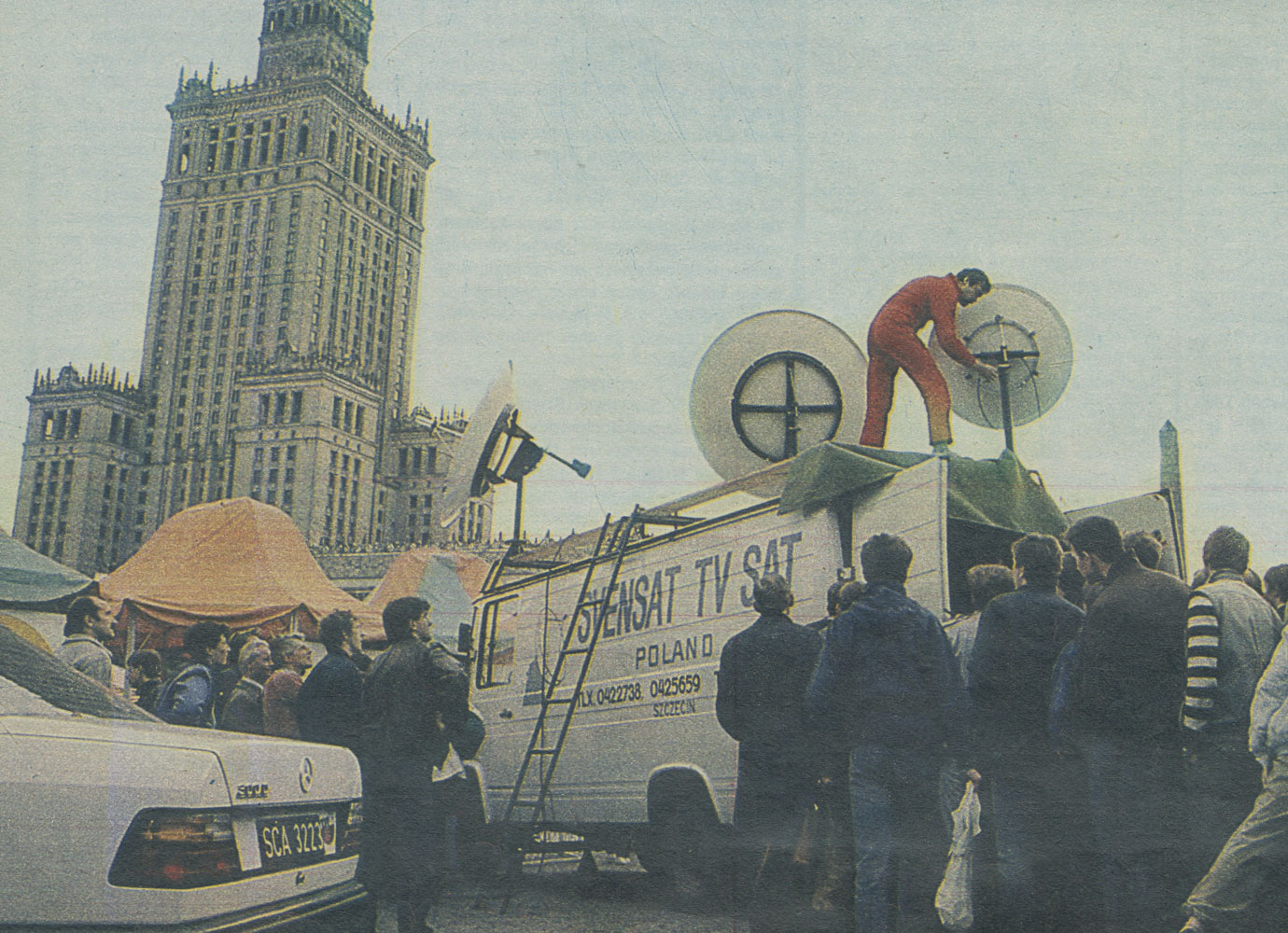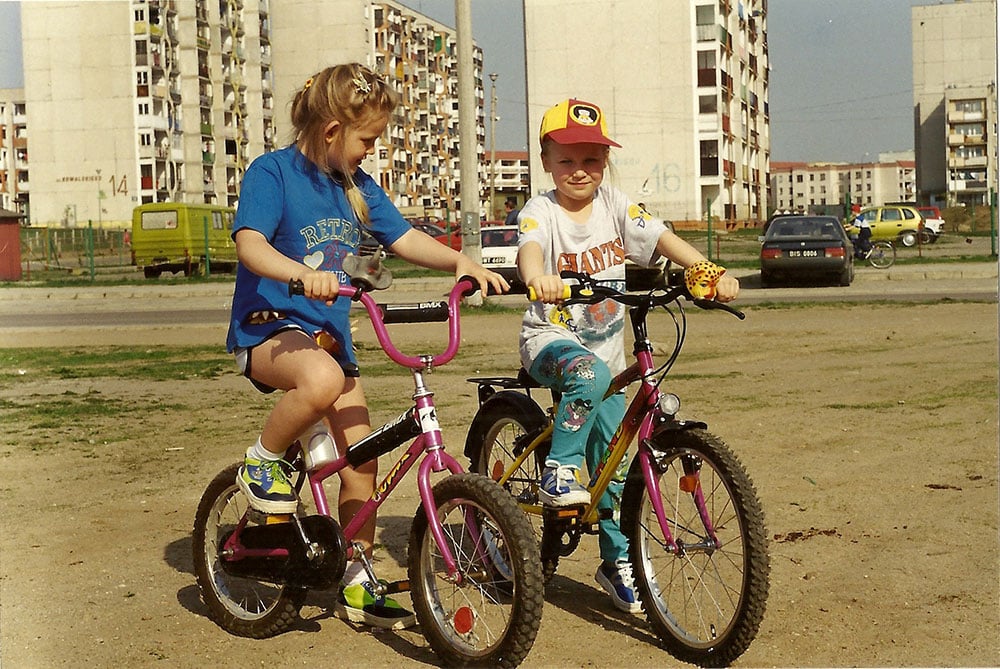The King of Warsaw: the TV show writing a love letter to Poland’s multicultural past

With slick, pacy dialogues and a plot filled with intrigue, Poland's own Peaky Blinders paints a vivid image of interwar Poland, when Warsaw was still known as the “Paris of the East”. But it is the series’ emphasis on a forgotten, more multicultural Poland that has captured viewers — and headlines.
Ask older Poles about the history of their capital, and the phrase “Paris of the East” speedily appears. In Polish popular imagination, the Warsaw between world wars spells glitz and glamour: a gleaming, cultured metropolis dancing its twilight years away. Jan P Matuszyński’s new TV series, The King of Warsaw, is a lush homage to this elegance and vibrancy, as well as the rich mix of cultures which lent the city its flair.
The King of Warsaw swaps the dourness of Poland’s state-funded historical epics for a sure-footed tale of Jewish boxing champions, scheming aristocrats, and fiercely political mobsters
Based on Szczepan Twardoch’s similarly named best-selling novel [Król, or “King” when directly translated in English] set in 1937, The King of Warsaw swaps the dourness of Poland’s state-funded historical epics for a sure-footed tale of Jewish boxing champions, scheming aristocrats, and fiercely political mobsters battling it out for the soul of the nation. The story follows Jakub Szapiro, a hero of the ring and heir apparent to the ruler of Warsaw’s underworld, as he fights nationalist rivals for control of the city streets.
“I started preparing for the role of Szapiro before I was even called in for an audition,” says Michał Żurawski, the series’ lead actor and undisputed star. “It was my dream. I think that [Szczepan] Twardoch’s book was so successful because every male reader could relate to Szapiro in one way or another. He’s the archetype of a strong man, but also deeply damaged. Before I got that casting call, I’d been developing the character in my head for over a year – and luckily, the universe responded.”
The series begins with Szapiro’s boxing triumph over his ethnic Polish nemesis Ziembiński, known to belong to a far-right militia. Matuszyński doesn’t shy away from exposing the uglier side of interwar Poland. Anti-Semitism is a fact of life, rumours swirl about who’s next in line to call it quits and emigrate to Palestine, and in the corridors of power, an ultra-nationalist clique plots to take the reins. Yet Szapiro refuses to leave behind the city of his youth – at least not while his patron, veteran Polish socialist “Kum” Kaplica, is calling the shots, and his own day in the sun draws ever nearer.
TV critics have been quick to point out the parallels between the world of The King of Warsaw and Poland’s troubled present: the Law and Justice government has been slammed for empowering far-right groups, demonising refugees, and whitewashing anti-Semitic and racist episodes in the country’s past.
“I think that we [in Poland] are afraid to take a critical look at our history,” Żurawski tells me. “For so many centuries, Poland was a land of diversity: whether ethnic, religious, linguistic, or economic. Then communism came, and we became homogenous. The series shines a light on a small part of the complex puzzle Poland used to be. Luckily, it does it in an entertaining way; I hope this will help us reach a broader audience.
Żurawski is a fierce advocate for writing Poland’s minorities back into the historical narrative. In interviews, he points to his own Silesian and Jewish heritage, and his desire to see Poland’s “forgotten heroes” represented on screen.
“There are so many figures you could make wonderfully original films about,” he says. “And most of us have never heard about them. I’d love to see a film about Silesian settlers in Texas, Polish colonists in Brazil, Casimir Pulaski and the American War of Independence… I could go on and on.”
Żurawski says his own dream role is the Polish-Jewish merchant and soldier Berek Joselewicz, who became a colonel in Napoleon’s Polish forces in Italy at the cusp of the 19th century.
“History is never black and white. I think it’s time to introduce all kinds of shades of grey.”
“So far, Polish cinema has focused only on a few iconic moments from our past,” he adds. “I’m interested in a different approach. Of course, I’d like to watch a film about the 1683 Battle of Vienna [in which an army led by the Polish king Jan Sobieski drove the invading Ottomans back from the Habsburg capital]. It’s supposed to be this moment of glory, but I’d like to see it as the daring last stand of a drunken king, with tragic consequences. In fact, it weakened Poland and pushed it into nonsensical alliances.”
“History is never black and white,” he says. “I think it’s time to introduce all kinds of shades of grey.”
Meanwhile, the Warsaw pictured by Matuszyński is anything but grey. Historical debates aside, The King of Warsaw has wowed audiences with its big-budget cinematography, lovingly recreated period details — from classic cars to bathroom decor — and pacy dialogues, with a liberal sprinkling of Yiddish thrown in.
According to Żurawski, the costumes were a particular highlight. “I’d never thought I could look this good in a suit,” he laughs. “The funniest scenes were those where I had to parade around in 1930s underwear. Those knee-length boxers really weren’t very comfortable.”
The series was met with an enthusiastic reception in Poland, both for its daring depiction of the past and its sheer entertainment value. While progressive media greeted its portrayal of the 1930s as a breath of fresh air, its creators will mostly not be drawn on whether it might be a political commentary.
Żurawski, too, prefers to speak of interwar Warsaw. He hopes that The King of Warsaw will spark interest in its artistic and architectural legacy.
“I think we have forgotten what the city looked like back then,” he says. “‘Paris of the East’ it perhaps wasn’t, but it was an extremely interesting, diverse place, with an eclectic mix of Western and Eastern European styles. Now, all of this is gone. Modern Warsaw has a completely different feel.”





